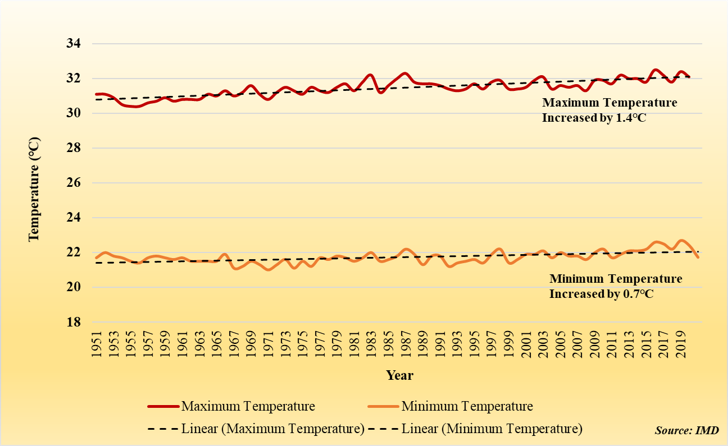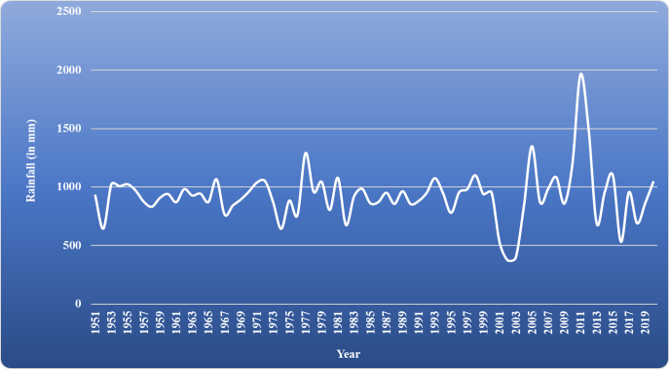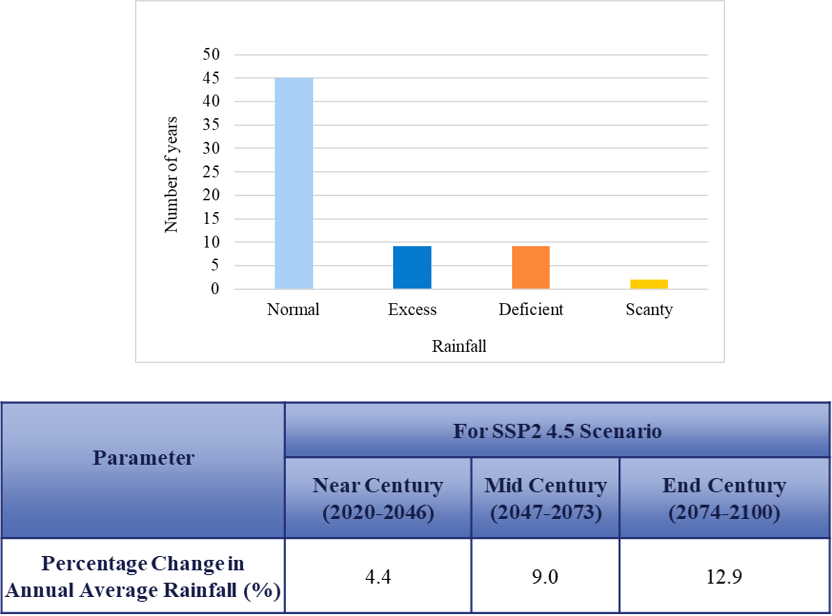Total Population: 21,59,775
Density : 344 per sq.km
Female : 10,78,837
Male: 10,80,938
Elderly : 10,80,938 (10%)
Literates: 1481834 (68.2%)
Urban Population: 8,08,040 (37.4%)
Total Main Workers: 9,63,017
Marginal workers : 1,42,138
Non workers : 10,54,620
Eco-sensitive aspects: TN wetland Mission
Total wetland area : xxxxx ha
Ramsar sites: Vaiyapuri Tank
Kodaikanal Lake
Idumban Kulam






